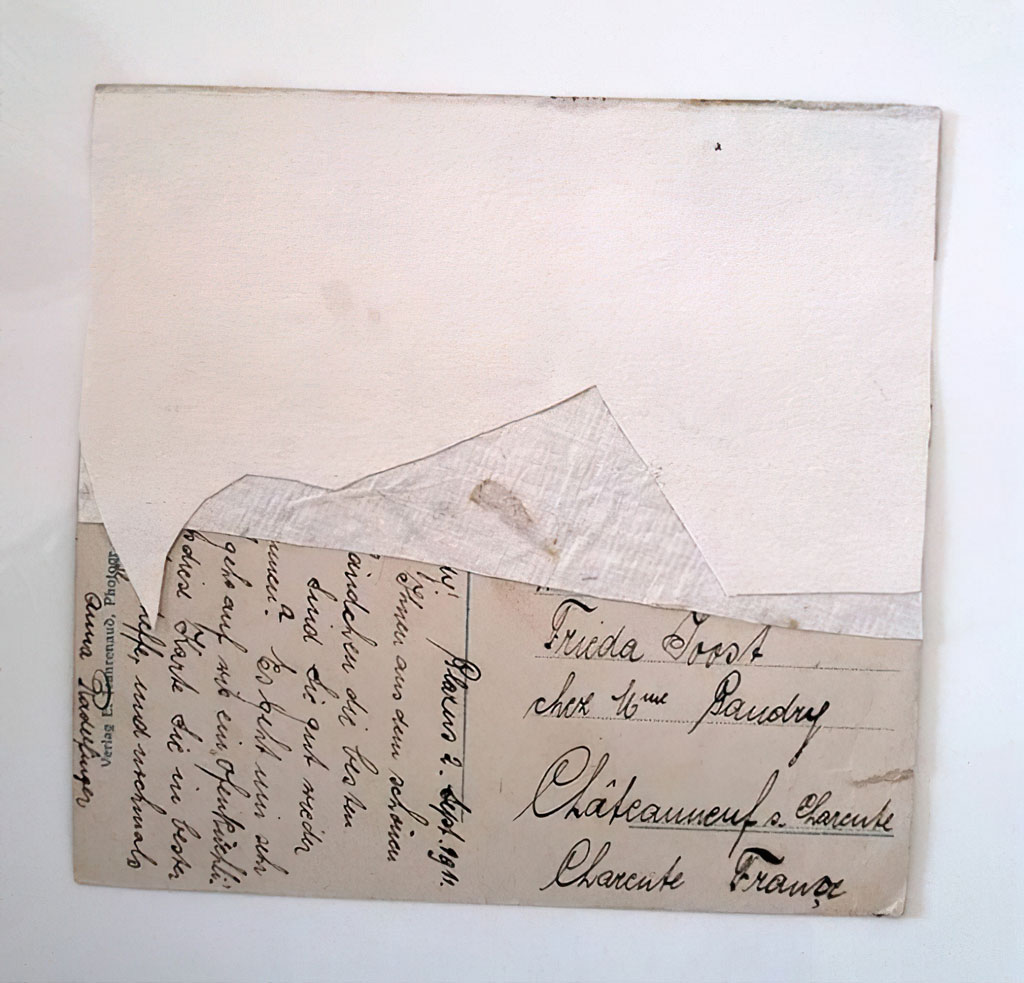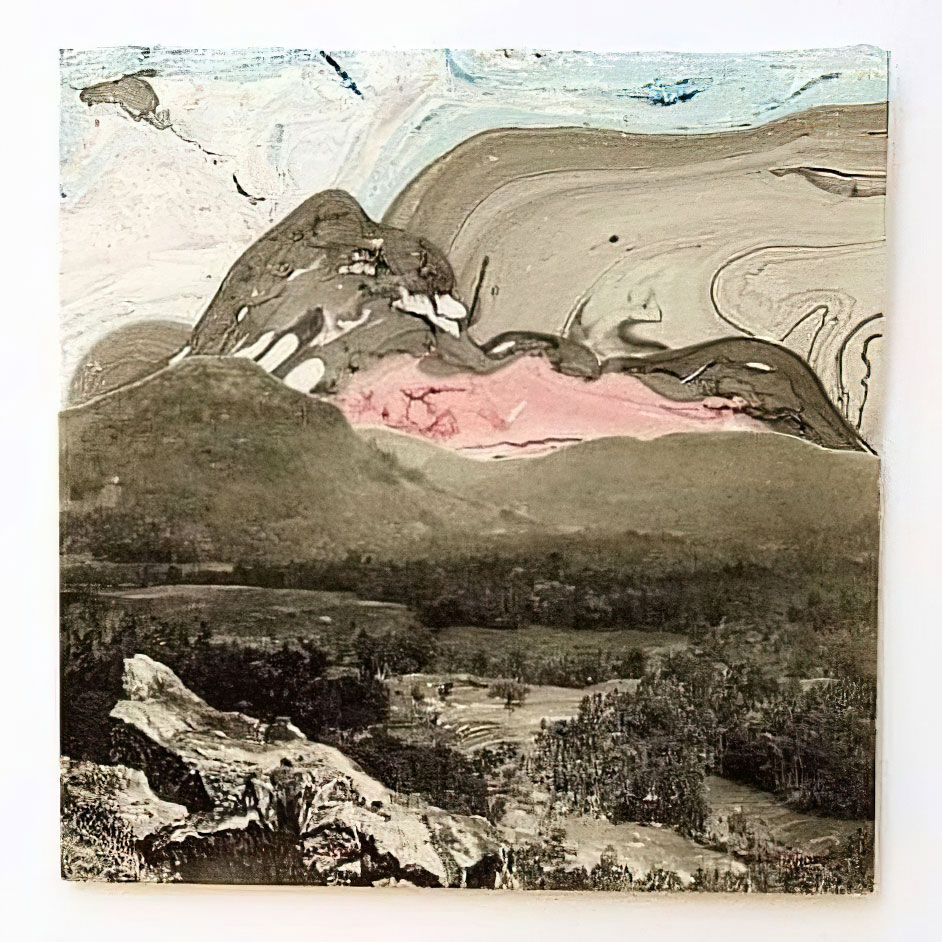NEW ARTWORKS: Margarita Petrova
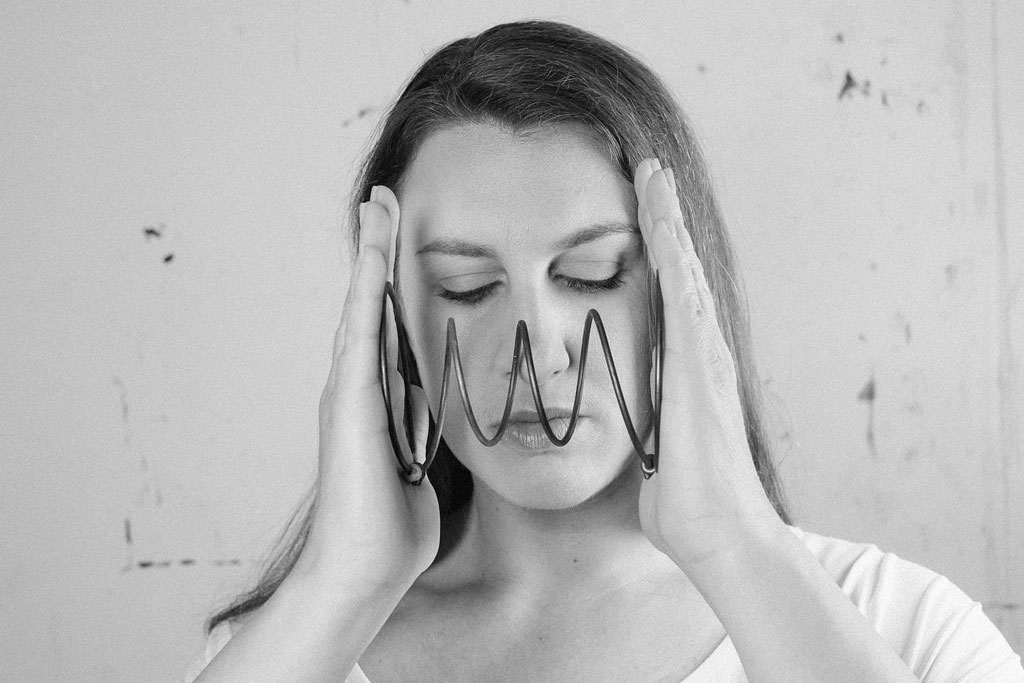 I met Margarita Petrova and her work recently, we first met a year ago. Nevertheless, our chemistry is so good that the artistic dialogue that started between us seems so long… Grandmother’s classic drawers have been transformed into a huge dollhouse, with fabrics, lace and a series of small objects that compose another world, the world of our childhood and innocence, are the artworks that actually connected me with Margarita and pushed me to watch more closely her work and development. This interview, while beginσ with references to past time and works, was realized on the occasion of the new section a new body of works, which is on the opposite diameter, with old gravures mutating to form the collage of a strangely charming world, which challenges you to explore it and to know it…
I met Margarita Petrova and her work recently, we first met a year ago. Nevertheless, our chemistry is so good that the artistic dialogue that started between us seems so long… Grandmother’s classic drawers have been transformed into a huge dollhouse, with fabrics, lace and a series of small objects that compose another world, the world of our childhood and innocence, are the artworks that actually connected me with Margarita and pushed me to watch more closely her work and development. This interview, while beginσ with references to past time and works, was realized on the occasion of the new section a new body of works, which is on the opposite diameter, with old gravures mutating to form the collage of a strangely charming world, which challenges you to explore it and to know it…
By Efi Michalarou
Photo: Margarita Petrova’s Archive
Margarita Petrova’s portrait by Υiannis Varelas
Before we talk about your body of work, whish is completely different from the old ones, I would like to speak about embroidery. How did they come about and why are they presented in this particular way, of the unfinished-discontinuation
The works that were created from embroidery consist a series of works with the tittle “home-handicraft” and have exposed to many exhibitions all over Greece and abroad. It is about those industrialized canvas suggestive knitting in order to form from the threads the printed picture. The industrialized embroidery canvas consisted for many years until today an occupation for that woman. All the creative expression through the process of embroidery was exhausted as the one and only allowed occupation and in accordance with the social stereotypes. My approach for the mutation of there stereotypes pictures is a comment to the inability of the woman to express free and substantial in acceptance with her social status. I remember my first solo exhibition in 2009, in Astrolavos gallery, where I have presented the series “home-handicraft” a woman, about 50 years old, was standing in front of my installation. When I approached her she told me with an emotional way that I reminded her of her childhood summers in Patra, when her family forced her to embroided on such canvas and that was something that oppress her. ” I don’t remember myself to play and to be free” she has told me.
Drawers, the Classic Grandmother’s drawers are transformed into a huge dollhouse, whose puzzle pieces we closely monitor inside them, through different means of expression and emerging stories…
The “drawers” as also and the “dollhouse” were both two installations that have been created in the time period 2011-2014. They were both created at the same time and have many similarities. My concern was this little work that is closed and trapped in a drawer box which the meaning of closed of includes “hidden” where we want to hidde and to preserve all the importants to us. Both installations were presented in 2014 in my solo exhibition in the cultural centre “Leonidas Kanellopoulos” in Elefsis, with the tittle “the dollhouse and other gender stories”. Through there installations I tried to make a statement about the limits issue and the stereotypeσ between the biological genders and the gender based identity.
From threads, embroidery, lace and objects that create a fantastic and fairytale world, in 2017 you turned to collages. What changed? What need pushed you towards collage and oil painting? Internal or practical reasons? Since the recent years, due to the financial crisis we see several artists returning to painting and drawing.
This world of fairytales and imagination of visual objects through the furniture, handmade embroidery which is at the same time hard, judgmental has many similarities and differences with a series of projects that began in 2017. It is about small projects of collages from handmade paper and papyrous with painted surfaces of coloured belies and old prints. The projects of this small size are not a result of the latest economic crisis. A lot of artists choose to work in smaller projects and sizes due to economic reasons and it was quite normal for the given circumstances of our country. My reason was my pregnancy period and the born of my son, a period of introversion and a need for new projects and reading. I re-approached my work and I put the basis for new ideas. So this small projects have been created for practical reasons. I believe that they are connected with the changes of the woman’ s body. The curves that distort the landscapes they are beyond limits and boarders and create paradoxical skies and new lands. For some reasons these skies are cut, molded and change their status, are a special part of my post-graduate years 2006-2008, where it was the trend of wall projects, from cut skies embroidery with a abstract and suggestive way. The transformation of pictures through the cutting, the sewing or the gluing is something that always fascinated me.
From what I know, as in the previous ones, this series of works also contains the element of the collection, but also both personal and collective memory. After collecting old engravings and postcards of 1900 and creating works, which have some very personal elements and characteristics.
I remember from my early age myself collecting objects which had a sentimental weight and memories. Almost all my projects have this elements of such objects which belonged to my family, or from vintage stores and from the streets. I believe in the power of inaction of objects and their ability to narrow, to create memories and have a meaning through art.
In some of your artworks, the back ones, is also visible, how it came about and what means for you the reversal of inside and outside, and ultimately of the public with the private?
It came up by chance firstly. I was with my bestie and very important artist Aemilia Papaphilipou to show her a small sample of my new works. She has noticed in my collages that the back view had the same important with the front view. And she was right. Then, I began to notice and to work my project at the same time in both views. It was about small correspondence cards of 1900 which I had collected and worked changing the landscapes and the letters with the painting material and the collage. My interesting is focused in pictures and landscapes which have a spooky nature and the same of loneliness which comes in a dialogue with the human traces. The series of these works has not be presented yet. They will constitute a part of an installation that I am working on it at the time.
Finishing, we notice that the colors you are using, over the years have become softer, pastel as well as their corners are more round and plastic. What is the reason for this?
I think that the colour in my work has not an important of first role. That of what I am interested in is the materiality, the textures and the conceptual approach of the project. The color symbolism is something that concerns me. The white as an absolute light and as virginity symbol. The gold frames as a symbol of power and as social status. Definitely the fact that I am working with painted surfaces gives a different and more lyric dimensions in my pallet. Even though in these works the colour exists in order to symbolize or to betray the required atmosphere. I am interested of pink, that I have used enough, in order to give the girly cute symbolism that can become a tragedy.
Download Greek version here.
First Publication: www.dreamideamachine.com
© Interview-Efi Michalarou


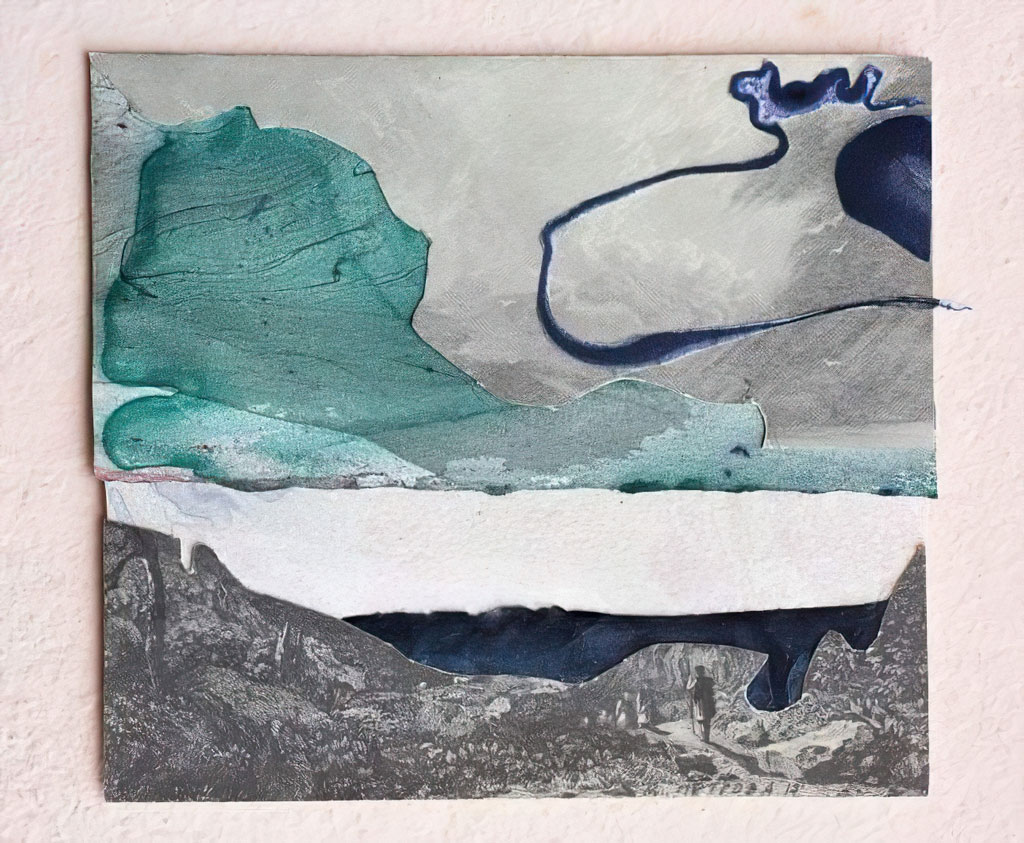
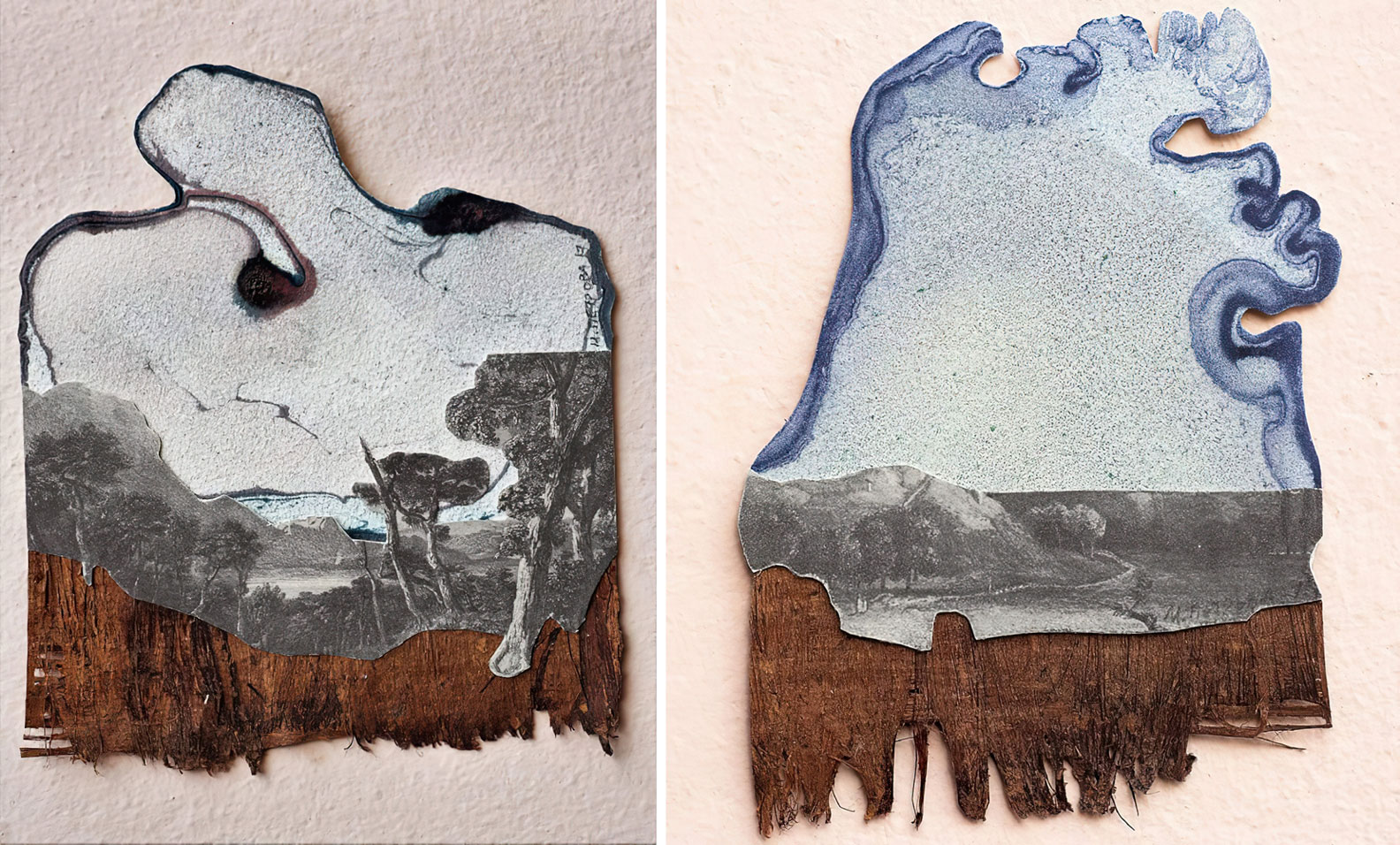
Right: Margarita Petrova, wallen lands III, 2017, © Margarita Petrova, Courtesy the artist


Right: Margarita Petrova, wallen lands, the sunrise, 2020, © Margarita Petrova, Courtesy the artist

